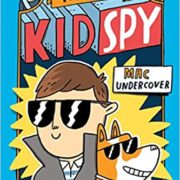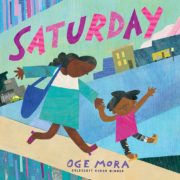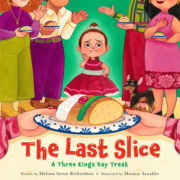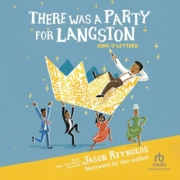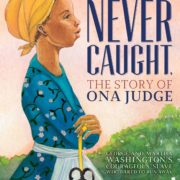Piecing Me Together by Renee Watson
Writing about social justice issues can be difficult when the audience is composed of middle school students because of the complexity inherent in such discussions. RENEE WATSON’s “PIECING ME TOGETHER” addresses issues of race and social justice deftly and accurately while maintaining authenticity of character.
The main character, Jade, is a poor, black teenager who attends a predominately white private school. She is smart and driven, so she is given many opportunities. But she begins to realize that most of these opportunities are given out of pity rather than as rewards for her real scholastic successes. She knows she is supposed to feel grateful, and she does. However, she also feels frustrated that her teachers and mentors view her neighborhood, family, friends and status as hurdles to overcome rather than as integral to her being.
Jade initially transferred to the school because she was excited by the possibility of visiting a Spanish-speaking country on the study abroad trip her school sponsors every year. She’s certain she will be chosen to go; she is a star Spanish student who assists classmates with their assignments, and she has a nearly perfect GPA.
Instead, her counselors select her for Woman to Woman, a mentor program that pairs underprivileged students with successful women of color to attend culturally enriching workshops and events. The program sounds great, and it culminates in a college scholarship, but Jade wants to be chosen for programs because of who she is and not in spite of it. At the same time, she must navigate new and old friendships and family relationships as well as her passions. In addition to being an excellent student, Jade is a talented and passionate collage artist who is inspired by the recent officer-involved shooting of a black teenager in neighboring Vancouver, as well as by York, the slave who traveled with Lewis and Clark.
“Piecing Me Together” offers a nuanced discussion of the way black kids can be treated, both in school and society, even when intentions are good. Jade’s relationships with her friends, her family and her mentor provide excellent opportunities for discussions of race and social justice issues. For example, when Jade confronts her Spanish teacher regarding his decision not to select her for the study abroad program and he explains that it is because she is already given so many opportunities, readers can better appreciate what true support of underprivileged and minority youth can look like. When Jade’s new friend Sam argues that her experience with a racist store clerk was not, in fact, racist, readers learn what being an ally should look like. When Jade comes to Maxine with her concerns about the mentor program, readers can better appreciate the importance and value of speaking up. The novel, while targeted toward middle school readers, is an excellent choice for any reader interested in realistic fiction and/or social justice fiction.

